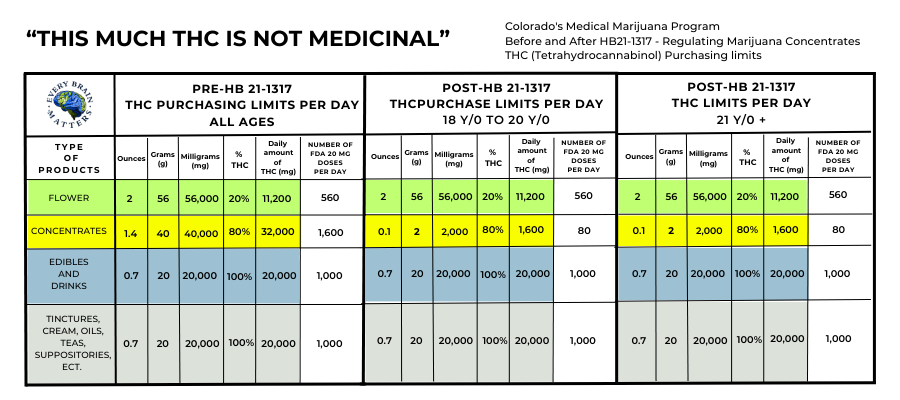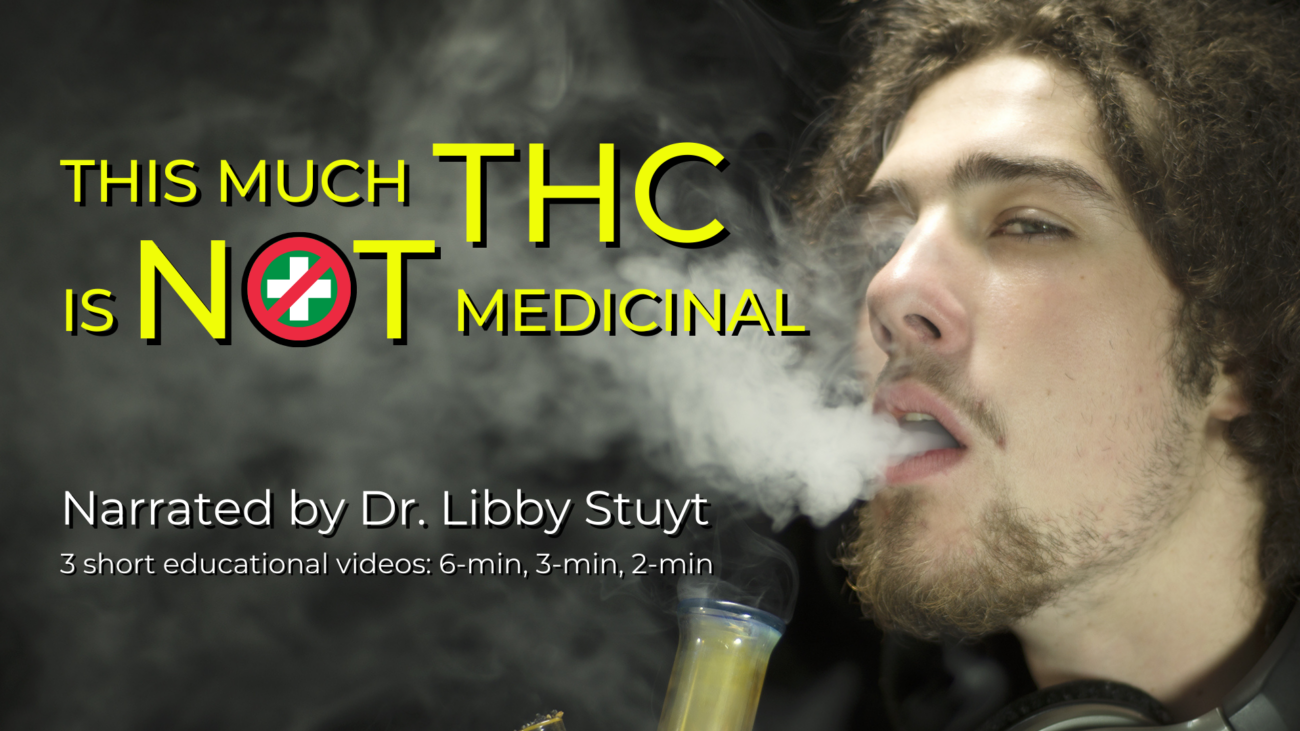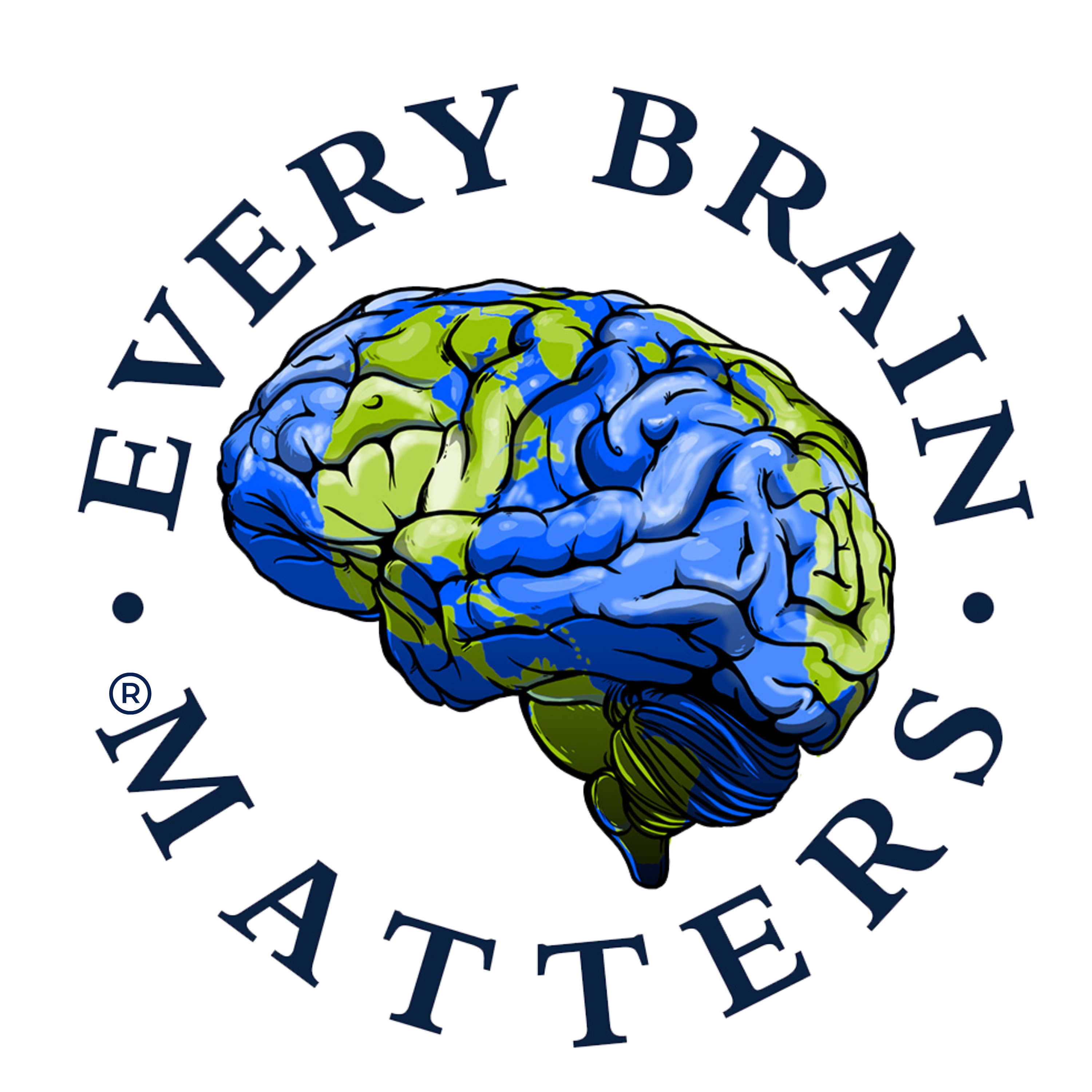Posted on March 4, 2023 View all news
“This Much THC Is Not Medicinal”
COLORADO’S PURCHASING LIMITS ON THC CONCENTRATES BEFORE AND AFTER HB21-1317
We have 3 short educational video options to use: 6 min, 3 min, and 2 min.
“Whatever a doctor decides is right for the patient.”
This is oftentimes the assumption when some legislators, researchers, and THC lobbyists discuss the amount of THC a person with a medical marijuana card should be able to purchase every day. Too often, the amount allowed is not questioned. Worse, the amounts are too confusing for most people to comprehend: some products are measured in ounces, others in grams or milligrams; there’s a lack of information on dosing; what are the differences between high potencies and low potencies; the difference between edibles vs. smoked products vs. tinctures; are the creams and tampons and inhalers and lip balms and suppositories absorbed differently than those that are consumed in a drink or smoked, vaped or dabbed products? It is too confounding to muddle through it all.
But then again, maybe obfuscation is the point.
Because all too often, rather than demanding answers from the industry, some will simply fall back on the out-of-date trope, “It’s only marijuana.” This false assumption is easier to accept than grappling with the truth the lobbyists don’t want us to know: THC is an addictive drug with dangerous side effects that interacts with prescription medications. Therefore, the allowed amounts must be examined closely. Especially those products that are sold in the medical market where the first rule is to do no harm, not to make a profit.
The videos on this page seek to illustrate the amounts in a way many can understand. For instance, we compare how much THC the FDA says is safe to consume per day to the amount the medical market in Colorado allows. It is surprising.
Dr. Libby Stuyt was one of the proponents of a bill in Colorado to protect youth by regulating high-potency THC concentrates. The videos show how much an 18-year-old with a medical marijuana card could purchase before the new law was passed, HB21-1317, and how much they still can today. With expert narration by Dr. Stuyt, these educational videos will open your eyes.
What if the allowable amount of THC is far more than any one person could ever consume in a day? What if the patient picking up this massive amount of product is only 18 years of age? And what if this same person can go, undetected, go from store to store to store to purchase the daily limit? What happens, then?
Why do we focus on an 18-year-old? Because the human brain does not finish developing until the age of 25 or later. Marijuana has a unique ability to disrupt brain development, and these changes may cause permanent impairment. The younger the onset of use, the more frequently THC is used, and the higher the concentration of THC products, the higher the risk for addiction and a suite of mental illnesses.
Colorado’s HB 21-1317 passed with overwhelming bipartisan support, and their governor signed it into law.
There were a lot of other reasons this law was needed. These videos focus on an 18-year-old’s unprecedented access to excessive amounts of high-potency THC. This is not what the voters approved in Colorado, and this much THC is not medicinal.

Examples of Combined Fractional Purchases: 20-02_Medical Marijuana Sales Limits.pdf – Google Drive
Marijuana basics | Colorado Cannabis
Narrated by Dr. Libby Stuyt, International Academy on the Science & Impacts of Cannabis
Written and Produced by Heidi Anderson-Swan, co-author of A Night In Jail
Produced and Designed by Aubree Adams, Every Brain Matters
Advisor Jesse Le Blanc
Medical Advisor Dr. Libby Stuyt
Editor JG


Hello Dr. Stuyt, I became addicted in my early 20s and suffered a marijuana psychosis at age 25. This was around 1970, when THC was about 3%. I’ve struggled with mental illness ever since, and now some 50-years later, I take 3 antidepressants (two at maximum daily dosage) and see both a therapist and a psychiatrist.
gfs